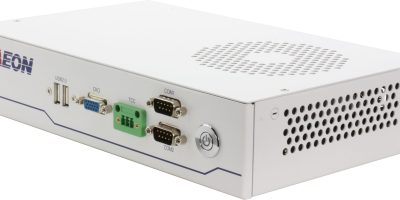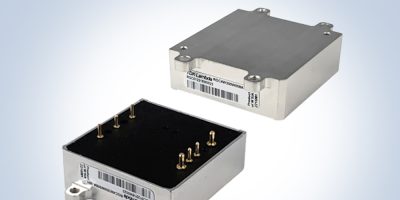Aaeon’s Epic series now includes the EPIC-ADS7-PUC. According to the company, it epitomises the best characteristics of its single board computer (SBC) counterparts, for real time computing in a compact chassis for robotics, automation and healthcare imaging.
The EPIC-ADS7-PUC is powered by the 12th Generation Intel Core processor platform with the capacity to support up to 65W CPUs. It is compact, with dimensions of 10.2 x 6.3 x 2.1 inch (260 x 160 x 55mm) and a chassis hosting multiple high-speed interfaces alongside the ancillary features for processing in markets such as robotics, IoT and smart healthcare.
It is equipped with up to eight performance cores and 20 threads with the efficiency of hybrid processor architecture and “substantial” processing power. The company has also added four Gracemont efficient cores to provide a streamlined workload management framework for projects that require a balance of efficiency and strength.
Two DDR5 4800MHz slots offer high speed system memory and bandwidth speed for up to six USB 3.2 Gen 2, two COM and four LAN ports, which provide connections for peripheral devices such as cameras and sensors. There is also a display interface comprised of one HDMI 2.1 and two DP 1.4a ports for three simultaneous displays. Aaeon said this will make the system a suitable candidate for deployment in healthcare imaging.
Augmenting the utility of the EPIC-ADS7-PUC’s processing capacity and high speed interfaces is support for Intel Time Coordinated Computing (TCC). This feature reduces data transmission latency to ensure the reliable execution of time-sensitive, mission-critical operations such as those required in robotics applications.
It also has a lower height point than other system ranges, continued Aaeon, in order for it to be easily integrated into existing projects. Its compact form factor and plethora of interfaces are compatible with real time computing.
The EPIC-ADS7-PUC is now in mass production.
Established in 1992, Aaeon designs and manufactures industrial IoT and AI edge solutions. The company provides reliable, high quality computing platforms including industrial motherboards and systems, rugged tablets, embedded AI Edge systems, uCPE network appliances, and LoRaWAN / WWAN solutions.
Aaeon provides industry-leading experience and knowledge to provide OEM / ODM services worldwide. Aaeon also works closely with cities and governments to develop and deploy smart city ecosystems, offering individual platforms and end-to-end solutions. Aaeon works closely with premier chip designers to deliver stable, reliable platforms, and is recognised as a Titanium member of the Intel Internet of Things Solutions Alliance.







